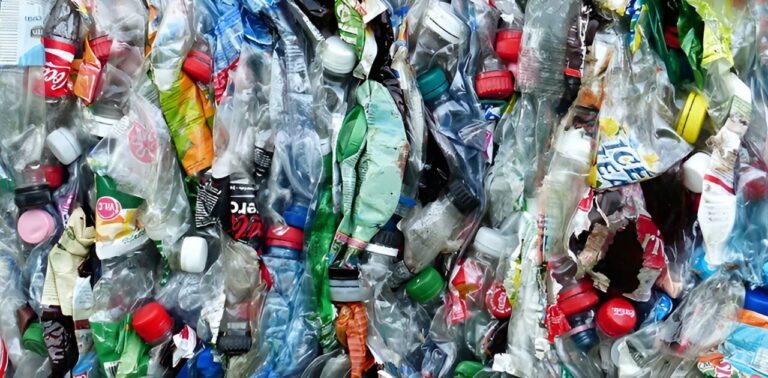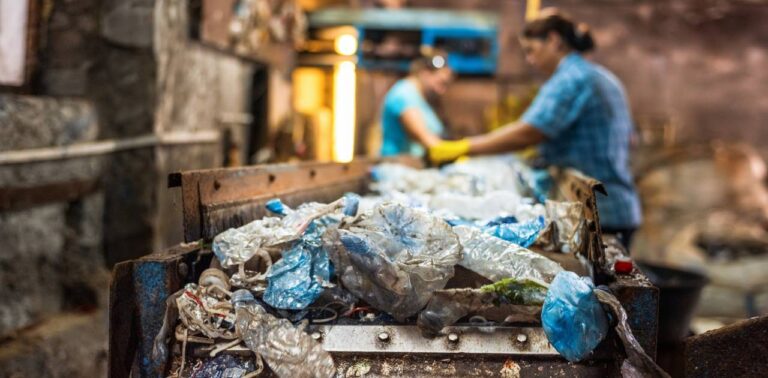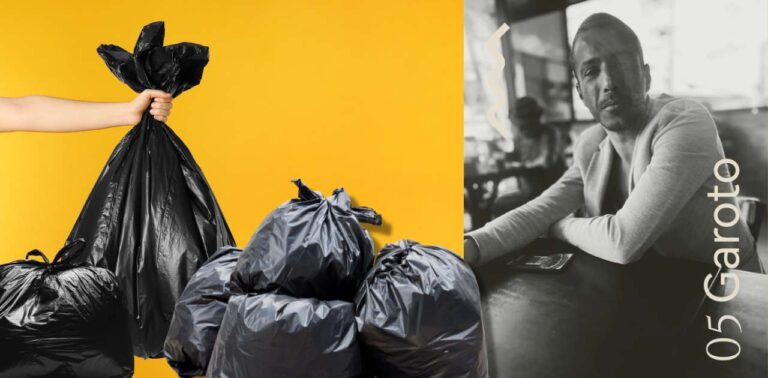Plastics are everywhere in our lives, and it’s hard to imagine a world without them. But when it comes to recycling, things get complicated. While we talk a lot about recycling, it doesn’t always happen efficiently. Why is this? Let’s explore what makes recyclable plastic so challenging, even though it’s a material that could be recycled on a large scale.

What are Plastics, After All?
Before we dive into recycling, we need to understand what plastics are. They are materials made up of large molecular chains called polymers, which in turn are made up of smaller molecules called monomers. Plastic production involves a chemical process known as polymerization, which links monomers together to form polymers.
Polymers can be natural or synthetic. Examples of natural polymers include cotton, wood, and latex, which are found in plants and animals. Plastics, which are synthetic polymers, are obtained through chemical reactions carried out by man. The structure and size of the molecules in these polymers determine the properties of the plastic material.
The Role of Oil in Plastics Production
The essential raw material for the production of plastics is petroleum, a complex mixture of compounds that can be separated through distillation or cracking. This process produces naphtha, which is sent to petrochemical plants and processed to generate important monomers, such as ethylene, which are used in the production of plastics.
Classification of Plastics: Thermoplastics and Thermosets
Plastics can be classified into two broad categories: thermoplastics and thermosets. This classification is crucial to understanding why some plastics are recyclable and others are not.
- Thermoplastics: These plastics do not undergo changes in their chemical structure when heated and, after cooling, can be remolded. Examples include Polypropylene (PP), High-Density Polyethylene (HDPE), Low-Density Polyethylene (LDPE), Polyethylene Terephthalate (PET), Polystyrene (PS), and Polyvinyl Chloride (PVC). Because they are recyclable, they represent a significant opportunity in the recycling of recyclable plastic.
- Thermosets: These plastics, once molded, cannot be melted and remolded again. Therefore, they are not recyclable by the traditional mechanical process. Examples include Bakelite, Polyurethanes (PU), and phenolic resins. However, this does not mean that they cannot be reused by other processes, but these methods are less common and more complex.
Plastic Recycling: Post-Industrial and Post-Consumer
When we talk about recycling recyclable plastic, it is important to understand the origin of the material to be recycled. Discarded plastics can be classified into two main groups:
- Post-Industrial: These are those that come from waste from production and transformation processes, such as shavings and trimmings. These plastics are generally easier to recycle because they have already been separated and classified during production.
- Post-Consumption: These plastics are discarded by consumers and most often come from packaging. Here lies one of the biggest challenges in recycling recyclable plastic: the proper separation of the different types of plastic, which is essential for effective recycling, but does not always occur efficiently.
The Complexity of Recyclable Plastics
Although recyclable plastic has the potential to be recycled 100%, in practice this rarely happens. There are seven different types of plastics, and each has unique characteristics that make recycling a challenge. The seventh type, for example, encompasses “other plastics,” which, if classified, would generate countless other types, further increasing the complexity of the recycling process.
These different plastics are often incompatible with each other during the mechanical recycling process. This means that for recycling to be effective, it is necessary to separate the plastics by type. However, this complete separation rarely occurs, both at home and at recycling centers, which contributes to the low recycling rates of recyclable plastic.
Bioplastics: A New Frontier in Recycling
To complicate matters further, new sustainable plastics known as bioplastics are gaining popularity in the market. These biopolymers are made from renewable sources and are designed to be more environmentally friendly. However, the introduction of bioplastics into the market adds a new layer of complexity to recycling recyclable plastics, as these materials often require different recycling processes than conventional plastics.
The Real-World Challenge of Plastics Recycling
After exploring all these aspects, it may seem like recycling recyclable plastic is an impossible task. However, this is not true. There is a chain of professionals dedicated to recycling plastics, working tirelessly to eliminate waste and transform it into new raw materials. Although the industrial revolution made the mistake of not considering the return of materials to the production chain, today we have the opportunity to correct this mistake.
The comfortable lifestyle we enjoy today, largely made possible by the use of plastics, also gives us a responsibility to consume consciously. This means avoiding complex or difficult-to-recycle packaging and properly disposing of recyclable plastics to ensure they are effectively recycled.
The Importance of Environmental Awareness
To ensure a more sustainable future, it’s essential that we all do our part. Recycling recyclable plastic isn’t just about separating your waste correctly, it’s also about making conscious choices about the products we buy and how we dispose of them. By understanding the complexities involved in recycling plastics, we can make more informed decisions and help create a more efficient and effective recycling cycle.
Recycling recyclable plastic is a crucial part of protecting the environment, and each of us has an important role to play in this process. By learning more about the challenges and opportunities of recycling, we can contribute to a more sustainable world and reduce the environmental impact of our plastic consumption.
Check out other interesting facts about recycling clicking here.
Learn how to make art by recycling, Click here.
Summary



